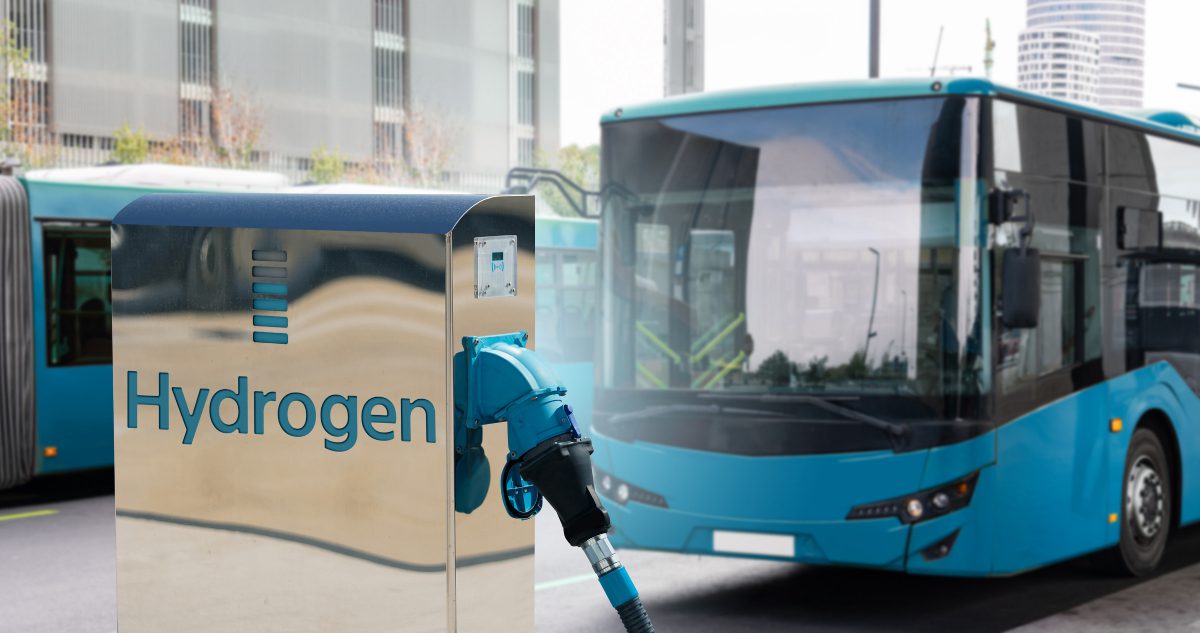Unlocking Hydrogen Potential in European Public Transport: The Road Ahead
Key Ideas
- 93% of European public transport decision-makers express concerns about grid capacity for battery electric or hydrogen-powered fleets.
- 89% believe hydrogen can overcome limitations of battery-powered fleets.
- Survey reveals high interest in investing in hydrogen vehicles in the next decade.
- Challenges include lack of access to fuelling infrastructure and safe storage, highlighting the importance of decentralised solutions.
A recent study conducted by IMI surveyed 300 senior public transport professionals in the UK, Germany, and Italy, revealing significant concerns about the grid capacity for current and future battery electric or hydrogen-powered fleets. Despite worries, 89% of respondents see hydrogen as a solution for the limitations faced by battery-powered fleets. The study showcases growing interest in hydrogen adoption, with many indicating plans to invest in hydrogen vehicles in the coming years. However, challenges such as limited access to fuelling infrastructure and safe storage are hindering wider adoption. The report emphasizes the significance of decentralised solutions like on-site electrolysis to bridge these gaps. Technical knowledge and safe storage were highlighted as key considerations for decision-makers. IMI's report, 'The Road Ahead', delves into these findings and explores the role of decentralisation in unlocking hydrogen's potential in public transport, stressing the importance of addressing barriers to adoption for a successful transition.
Topics
Public Transit
Public Transport
Emissions Reduction
Electrolyser Technology
Grid Capacity
Hydrogen Adoption
Decentralised Storage
Latest News
